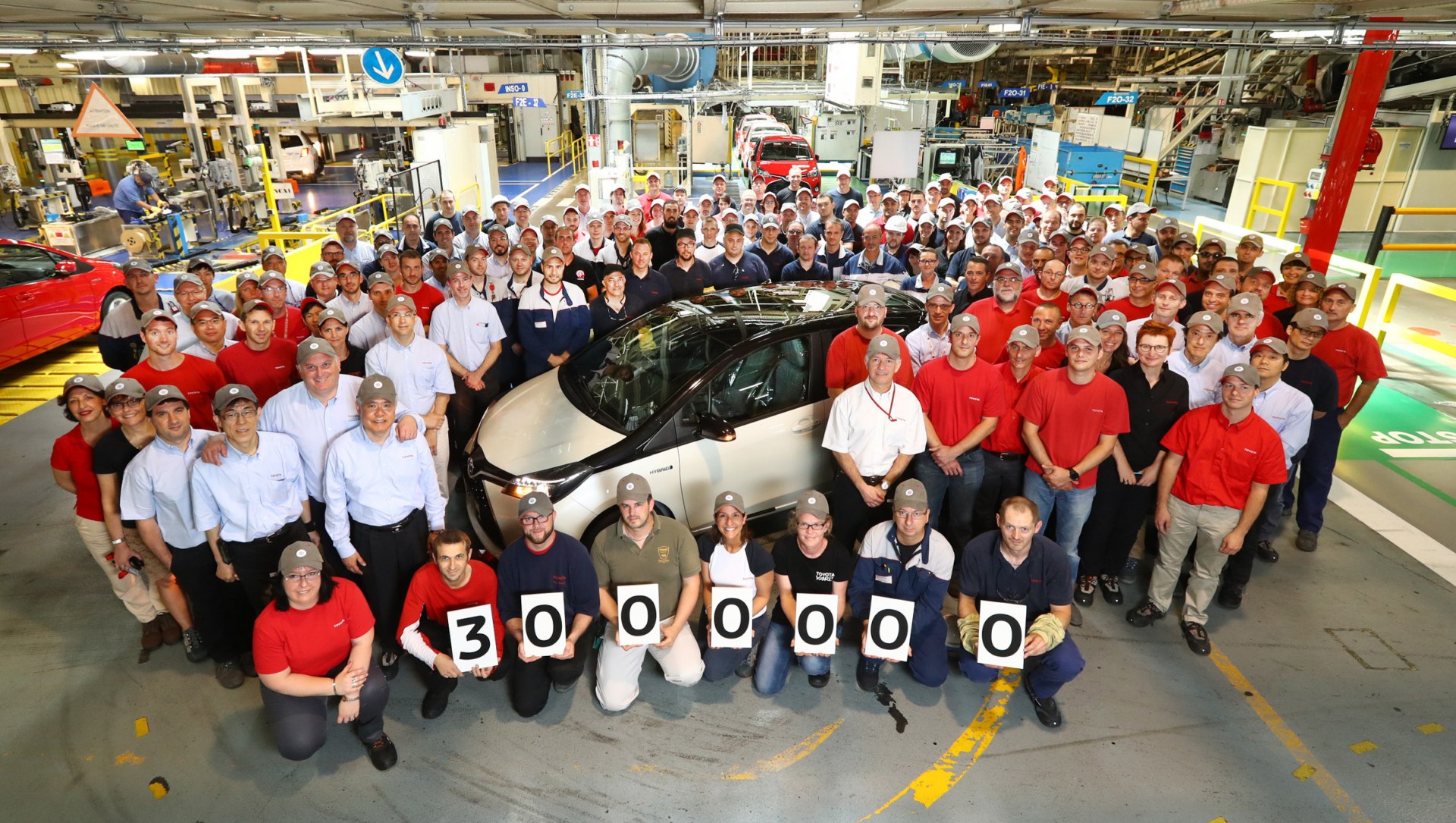Creating a Kaizen Culture – Values & Alignment
5 minutes, 5 seconds read

Creating a Kaizen Culture – what it takes.
What you will learn

- What is a Kaizen culture?
- Gauging readiness for Kaizen culture
- Creating a Kaizen culture
- Sustaining a Kaizen culture
Culture Eats Strategy for Breakfast
Like it or not, change is an inevitable part of life — and business. We see technology transforming before our eyes, we see our children using tools that didn’t exist when we were their age, and we see the values that we transmit to our children evolving almost daily. Good or bad, life is all about change and if we do not move quickly we will find ourselves stuck in the past.
Wouldn’t it be better to take control of these changes and make the inevitable transformations work positively for you? Why not put a structured methodology in place to turn the adventure of transformation into a journey that can drive innovation?
Kaizen culture is a powerful methodology that can be used to drive a change in thinking and lead to more strategic transformations. If it is used correctly, it can drive the people around you to embrace problems as possibilities that, once solved, can propel a business to the next level.
What is a Kaizen Culture?
1. It values and develops people
In short, Kaizen culture provides a structure to the process of generating change and improvements. However, one of the chief benefits of a Kaizen culture is that it values and develops people. Kaizen culture emphasizes the importance of the opinion of those people who really know and live within the conflict that leaders want to solve. Kaizen culture encourages an attitude that is constantly searching for ways to improve and, through this, can change the way that people think. After all, a mind is like a parachute: once opened, it is very difficult to close.
2. It creates an environment that exposes problems and encourages collaborative problem-solving
When an organization embarks into the world of Kaizen culture, its way of thinking begins to transform. While in the past problems may have been kept quiet or hidden — the thinking being that having no problems means all is running smoothly — now the entire workforce is encouraged to expose and solve problems.
As the organization’s focus shifts to encouraging requests for help, multidisciplinary teams form and start working together to solve problems. People begin to speak up. Collaboration becomes more prevalent. And solved problems drive the organization to smoother, more efficient operation.
3. It builds trust through shared purpose
Building trust is the foundational step for creating a solid vision, but trust is also a product of working toward this vision. Of course, developing a vision depends on setting clear goals about what you hope to achieve, putting a methodology in place through which to achieve these goals and having different tools at hand to help you work toward your objectives. But a funny thing begins to happen once you put in place a structure to drive your improvements forward: You generate a new level of stability in the organization. This is because as problems develop or challenges arise in the future, the people involved remain positive and work through it. They trust that there will be a simple solution because they have become committed to looking for improvements and solutions on a daily basis.
4. It drives decisions based on data and facts
Kaizen culture is based on creating a different way of thinking, a way that is defined by developing people. But we all know that people can resist change, and there are times that pre-formed beliefs can make it difficult to drive improvements.
Because of this challenge, every decision made or hypothesis generated must be based on data that show evidence supporting it. This part of the Kaizen culture is perhaps the most difficult to establish because sometimes this data challenges our personal beliefs.
There are a number of work tools available to help support this data-based decision-making
process, including the PDCA Cycle, Hoshin Kanri, Total Quality Management and
Root Cause Analysis, among others.
5. It encourages intelligent risk-taking
Kaizen culture demands organization place a priority on solving critical problems within every area of the organization. Of course, you can’t act upon every problem at once. One of the tools available to prioritize activities is the Impact Effort Matrix, pictured here.
Are You Ready to Embrace Kaizen Culture?
When is the ideal moment to begin the transformation to a Kaizen culture? Well, the best time for an organization to start this adventure is best defined by the following:
- The leadership team is aligned with the organization’s strategies.
- The organization has as a long-term goal for the improvement transformation.
As this process gets underway, you’re likely to hit some stumbling blocks. For example, every organization is likely to see some resistance to the implementation of this new corporate culture. To move through this resistance and address employee concerns, it’s critical that the organization’s most influential people believe in the value of the transformation. In fact, leadership must play a significant role in driving the shift to Kaizen culture.
When your leaders understand the benefit of change and transformation, they can start to impact the collaborators with whom they work regularly.
- Leaders can guide collaborators through data to focus efforts on solving conflicts.
- Leaders can motivate collaborators to create and develop ideas for continuous improvement to solve problems.
Sustaining a Kaizen Culture
Kaizen culture has the power to provide organizations with stability and more secure operational processes. But if the organization faces an ingrained culture or deep behaviors or problems with customers, suppliers or partners, you may find you need a direct intervention to drive the implementation process forward.
Comments? Questions? – Let’s chat.
Prev chapter: Kaizen Beyond KPI’s – Culture & MindsetNext chapter: Importance of Communication in Kaizen Culture
